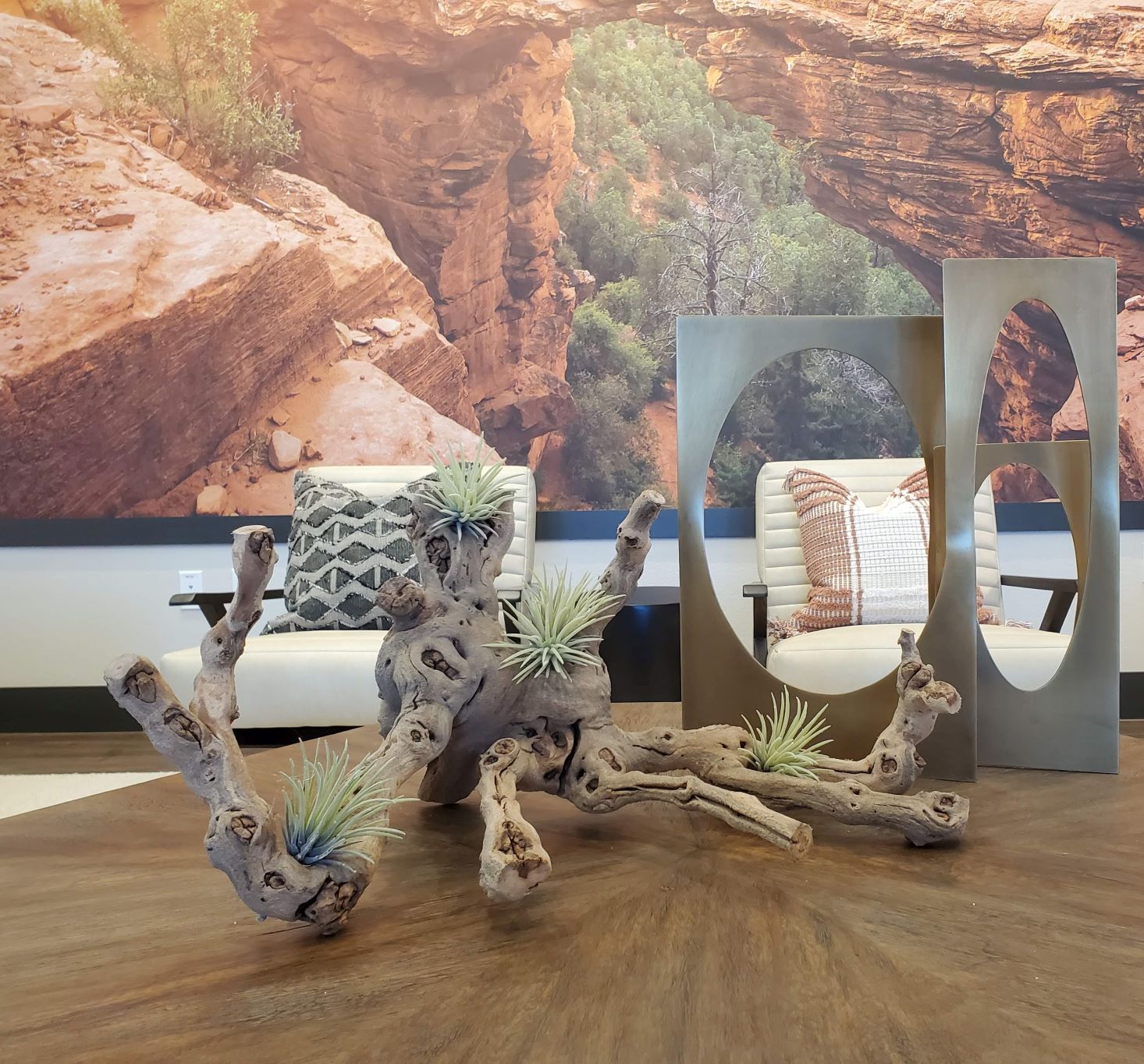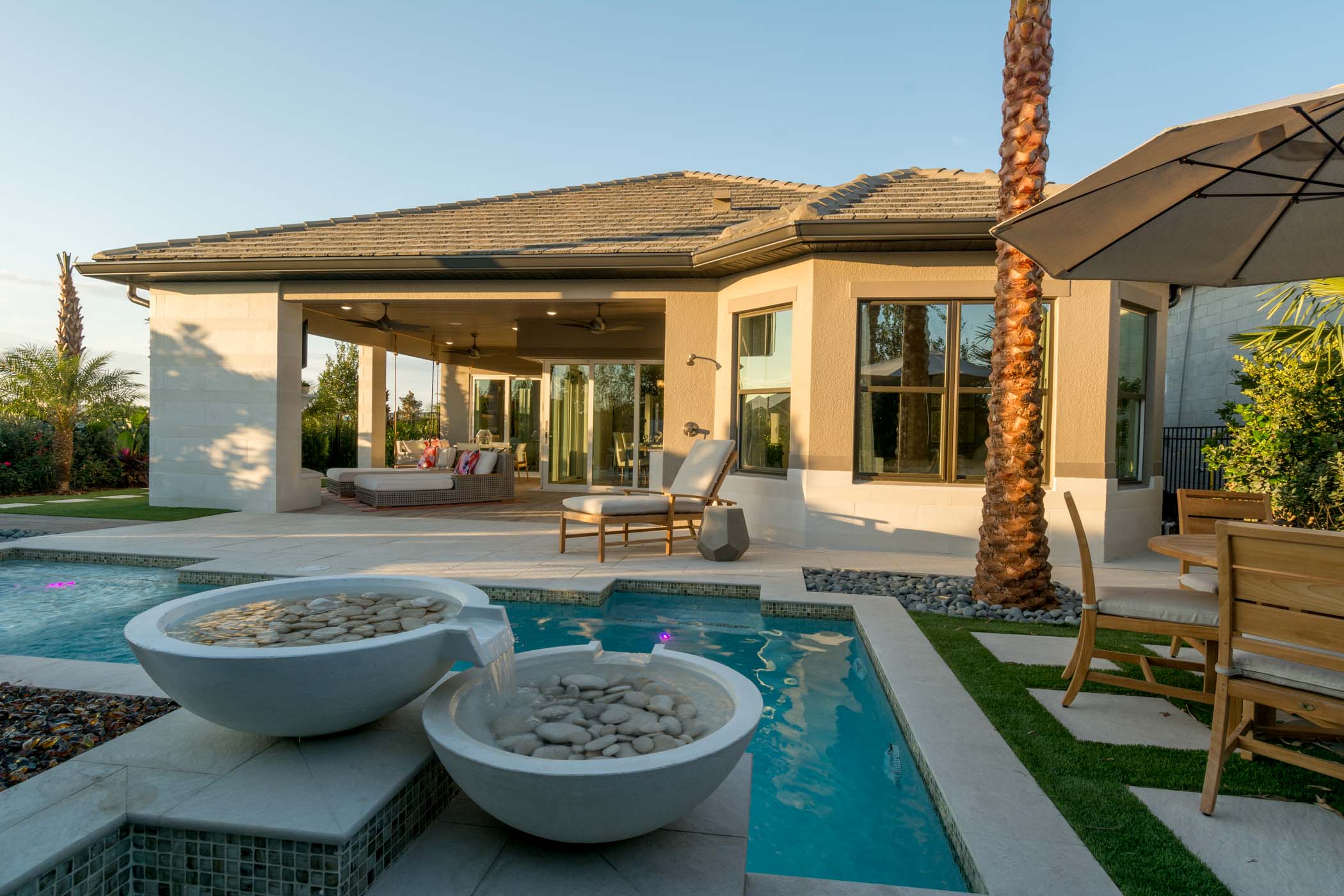Biophilic Design
Biophilic Meaning?
Biophilia, or the idea that we as humans have an innate tendency to seek connections with nature, was first coined by social psychologist Eric Fromm in his 1964 work, The Heart of Man. It’s meaning was later expanded and made popular by American biologist Edward O. Wilson in the 1980s. Wilson observed that urbanization was leading us, as a society, to the disconnection with the natural world. He realized this disconnection was causing a host of health and wellness issues throughout the world.
Benefits of Biophilic Design
In response to the overwhelmingly negative consequences of urbanization and being removed from the natural world, the concept of biophilic design was born. Biophilic design seeks to “bring back the natural world” within the built environment. In addition to the cosmetic improvements of including nature as part of any building design, biophilic design has been shown to reduce stress, enhance creativity and clarity of thought, and improve overall well-being.
In other words, biophilic design helps buyers feel happy in their homes. Knowing this, and how much emotion plays into the sale of a home, we as interior designers/model merchandisers work to incorporate biophilic design principals to help homes sell.
Categories of Biophilic Design
Biophilic design can be organized into three categories: nature in the space, natural analogues, and nature of the space.
Nature in the Space
Nature in the Space is exactly what it sounds like: including direct, physical nature in the design of a space. For example, we may include potted plants, images of nature, or plant walls in the design and merchandising of a space.
For example, in this multi-family amenity space pictured below, we added a wall mural of a local park. Additionally, we included accessories that have regional relevance. As a result, the residents embraced the natural highlights of the community. And as such, made the community even more desirable.

Natural Analogues
Natural Analogues are organic, non-living, and indirect ways of invoking nature in the design. To include natural analogues in our designs we will use objects, materials, colors, shapes, sequences, and patterns found in nature as art, furniture, and the like.
Pictured below is a model home in which we created a “plant-based” headboard. Creating natural analogues as part of the overall room’s design.

Nature of the Space
Nature of the Space addresses spatial configurations in nature. This category highlights the innate desire to be able to see beyond our immediate surroundings. Architecture, in particular, plays a big role in providing design for this category. Think, large picture windows, cliff-side dwellings, and other “breath-taking” designs.
Biophilic Design Patterns
Overarching design principals, or design patterns are the guidelines for which builders, architects, and designers follow when incorporating biophilic design. There are 14 different patterns which are present in differing amounts within each of the three biophilic design categories.
Each of these patterns has been shown to improve the health and wellbeing of those experiencing them. The impact varies depending on the pattern, person experiencing the pattern, as well as the execution of said pattern. This chart is a fascinating illustration of the specific benefits of the different biophilic design patterns.
Learn More
Biophilic design has been shown to improve mental health, productivity, reduce stress and anxiety, and so much more. Contact us today to learn how we can help improve the health and well-being of your homebuyers through effective biophilic design.






